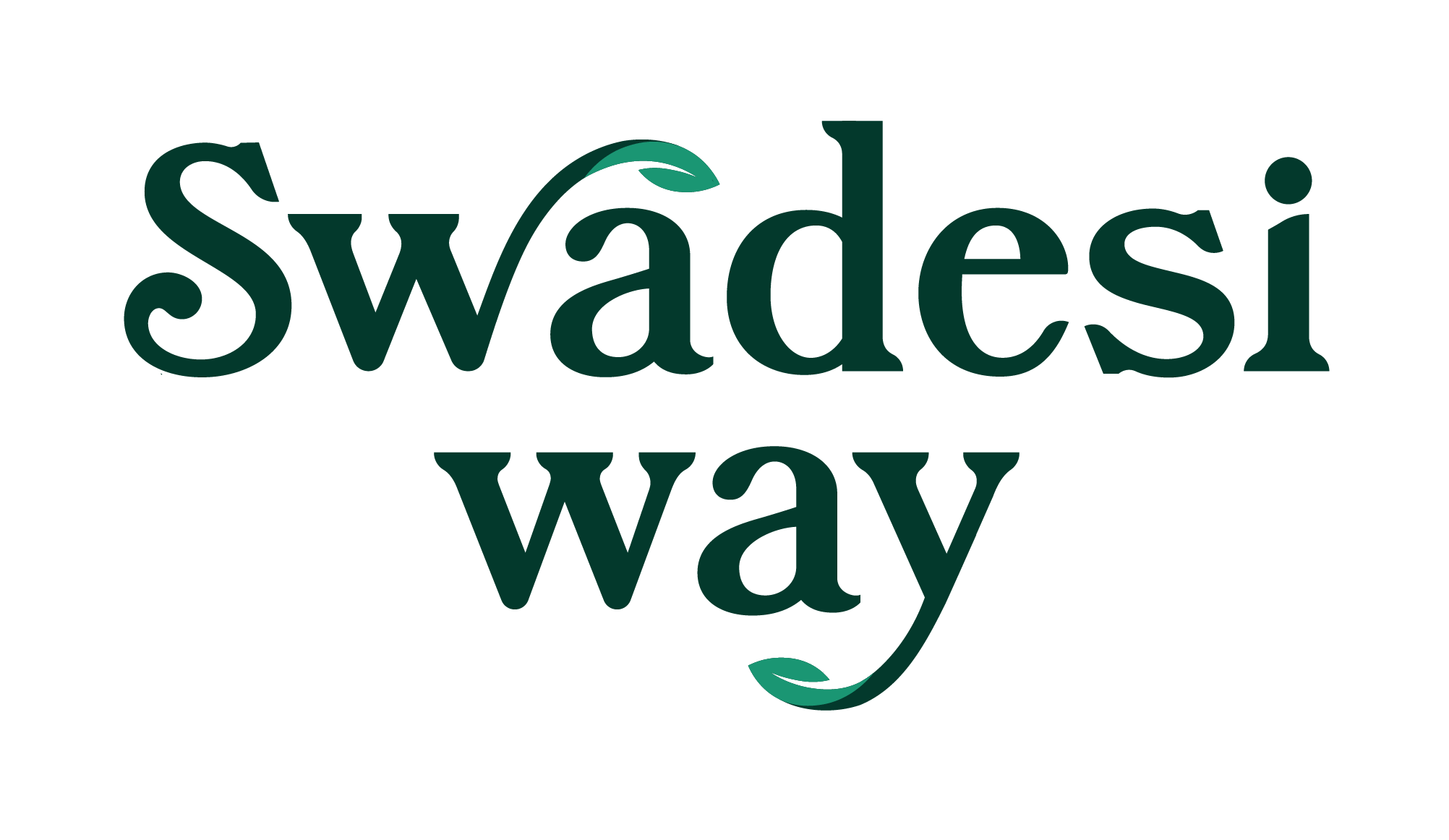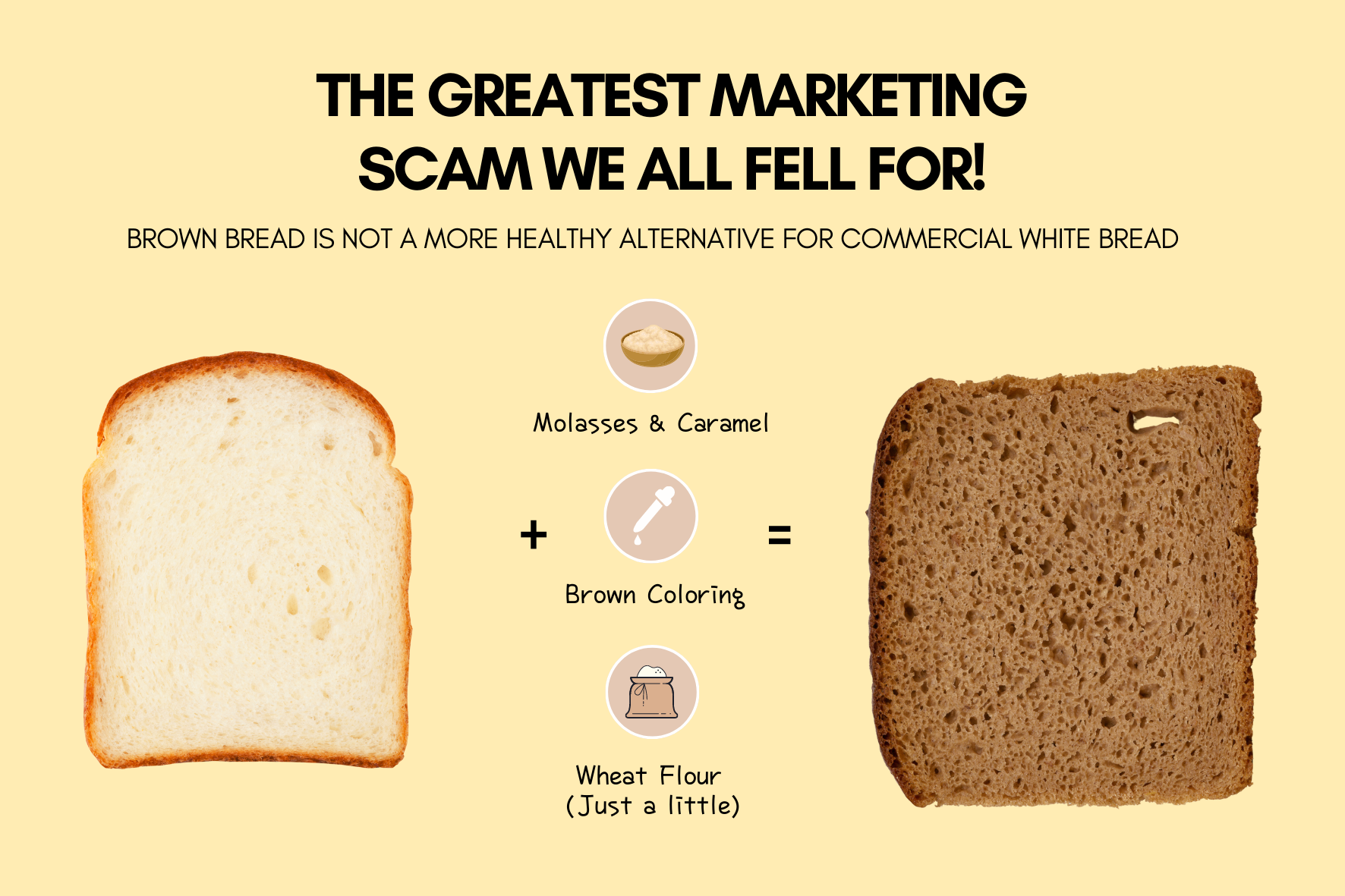-
Test 1- Detection of Turmeric in Sella Rice
-
Test 2 – Detection of rhodamine B in Ragi
-
Test 3 – Detection of straw, pebble, dust, or stone in food grains
-
Tests by Observing
-
Concluding Note:

3 Quick Home Tests to detect adulteration in food grains
In this blog, we have curated a list of 3 quick homemade tests that you can do to detect adulteration in your food grains. Relax, we have curated a list of only super simple yet effective ways to detect adulteration. Let’s get this started.
Test 1- Detection of Turmeric in Sella Rice
- Take a small amount of rice in a transparent glass plate.
- Now sprinkle soaked lime (commonly known as “chuna”) on the rice.
- If the rice turns yellowish or reddish in color then turmeric was used as an adulterant.

Source: DART Book, FSSAI
Test 2 – Detection of rhodamine B in Ragi
- Take a sample of ragi in a glass bowl.
- Take a cotton ball and soak it in water or vegetable oil.
- Rub the ragi beans against the wet cotton bowl.
- If the cotton ball absorbs the color of ragi, then it was adulterated with rhodamine B.

Source: DART Book, FSSAI
Recommended Reading
Here’s how bread companies are scamming you by selling unhealthy bread!
Test 3 – Detection of straw, pebble, dust, or stone in food grains
- Take the sample of food grains or lentils on a transparent glass plate.
- Adulterants like pebble and stone are clearly visible on a transparent glass plate

Source: DART Book, FSSAI
Concluding Note:
Adulteration is almost everywhere. Therefore, we will always advise you to check your products before using them. Moreover, only order your products from a trustworthy source like Leap Club where the entire focus is on providing the customer a 100% natural product.
We hope that this blog will help to choose 100% natural products next time, till then,
Happy Healthy Shopping!


